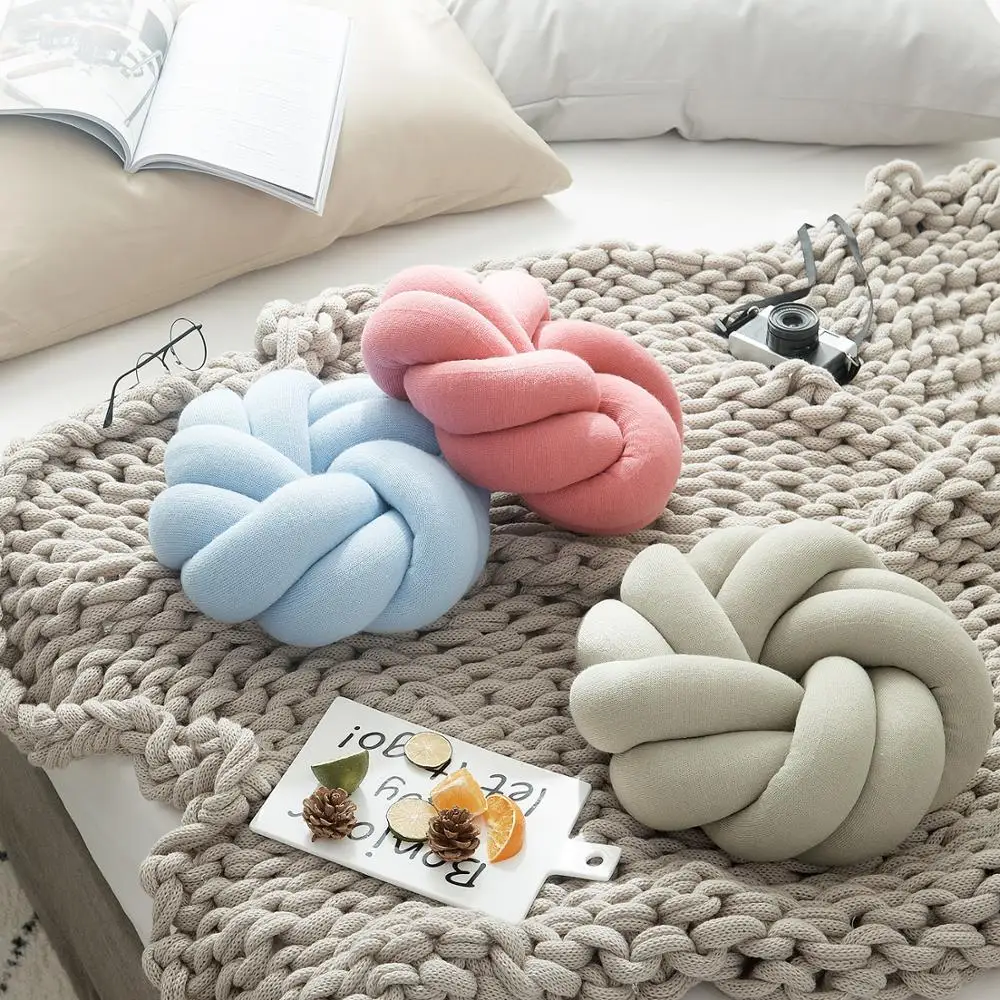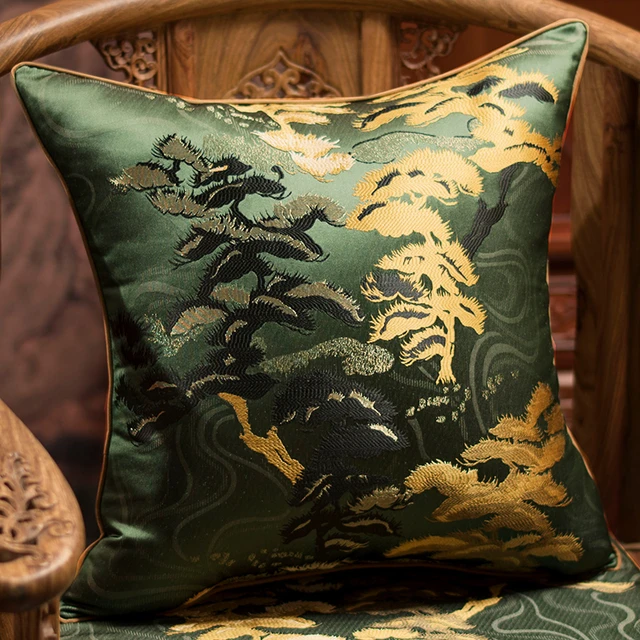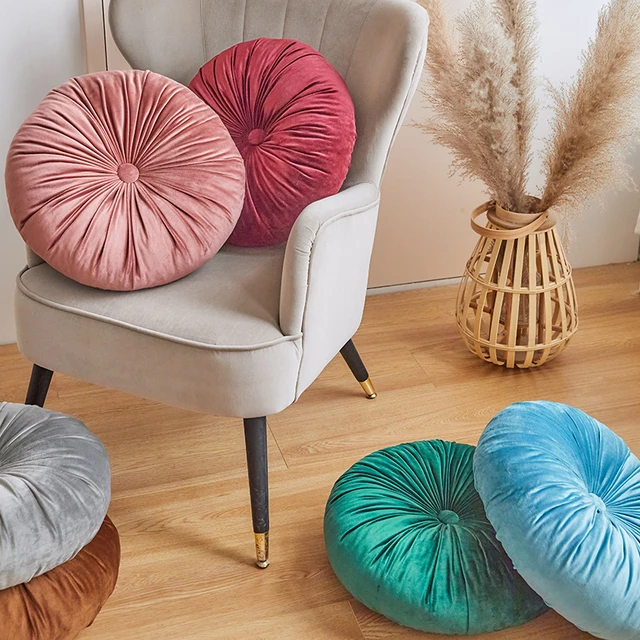 Introduction:
Introduction:
Cushions are an essential element of home decor, providing comfort and style to various living spaces. Making your own cushions allows you to customize the design, size, and fabric to suit your personal taste and interior aesthetics. In this comprehensive guide, we will provide a step-by-step tutorial on how to make cushions. From gathering the necessary materials to sewing and stuffing, we will cover everything you need to know to create your own personalized cushions. By following these instructions, you can elevate the comfort and aesthetics of your home and unleash your creativity.
Some common material choices for making cushions:
When making cushions, there are various material options to consider based on factors such as comfort, durability, and desired aesthetic. Here are some common material choices for making cushions:
Cotton: Cotton is a popular choice for cushion covers due to its softness, breathability, and versatility. It is available in various weights and textures, making it suitable for different styles and preferences.
Linen: Linen is another natural fiber that is appreciated for its durability and ability to maintain a cool and crisp feel. It has a slightly textured appearance and offers a relaxed and casual look to cushions.
Velvet: Velvet is a luxurious and plush fabric that adds a touch of elegance to cushions. It has a soft and smooth texture, with light shimmering qualities that reflect light beautifully.
Polyester: Polyester is a synthetic material that is widely used for cushion covers due to its durability, wrinkle resistance, and ease of maintenance. It comes in various finishes, including microfiber, which offers a soft and suede-like feel.
Outdoor Fabrics: If the cushions are intended for outdoor use or in areas exposed to moisture, outdoor fabrics like acrylic or polyester blends are ideal choices. These fabrics are designed to resist fading, mildew, and water damage.
Some popular trends and styles for making cushions:
The current trends and styles in making cushions vary depending on personal preferences and interior design trends. However, here are some popular trends and styles for making cushions:
Natural and Organic: There is a growing trend towards using natural and organic materials for making cushions. This includes fabrics like linen, cotton, or hemp, which have a more earthy and eco-friendly appeal. Natural colors and textures are also in demand, creating a warm and inviting atmosphere.
Texture and Embellishments: Adding texture and embellishments to cushions is a popular trend. This could include using fabrics with raised patterns, adding decorative trims, or incorporating elements like tassels or pom-poms. These details can elevate the visual interest of the cushions and make them stand out.
Mix and Match Patterns: Mixing and matching different patterns is a trend that allows for creativity and personalization. Combining patterns like stripes, florals, geometric prints, or abstract designs can create an eclectic and lively look. The key is to find a common color palette or theme to tie the patterns together.
Bold Colors and Prints: Bold colors and vibrant prints continue to be popular for cushions. Bright hues like jewel tones, deep blues, or energetic yellows can add a pop of color to a space. Prints such as tropical motifs, abstract designs, or ethnic patterns are also in demand for creating a statement look.
Minimalist and Contemporary: On the other end of the spectrum, a minimalist and contemporary style is also trending. This style emphasizes clean lines, neutral colors, and simplicity. Cushions with solid colors, subtle textures, or sleek patterns can complement a modern interior design aesthetic.
Customization and Personalization: Many people are opting for customized cushions that reflect their individual style and personality. This can involve choosing fabrics, patterns, and sizes that suit their specific needs. DIY techniques like embroidery, appliqué, or hand-painting are also popular for adding a personal touch to cushion designs.
It’s important to note that trends can vary from season to season, and individual preferences may differ. Ultimately, the best approach is to choose cushion styles that align with your personal taste, complement your existing decor, and create a comfortable and inviting atmosphere in your space.
 Gather the Necessary Materials:
Gather the Necessary Materials:
Fabric:
Choose a fabric that complements your decor and suits the purpose of the cushions.
Consider factors such as durability, texture, and color.
Cushion Inserts:
Select cushion inserts that match the desired size and shape of your cushions.
Common options include foam, polyester fiberfill, or down feathers.
Measuring and Cutting Tools:
Use a measuring tape and fabric scissors to measure and cut the fabric accurately.
A ruler or straight edge can also be helpful for precision.
Sewing Machine and Notions:
A sewing machine makes the process faster and more efficient.
Additionally, gather thread, pins, a fabric marker, and a hand sewing needle.
Measure and Cut the Fabric: 2.1 Determine the Cushion Size:
Measure the dimensions of the cushion inserts to determine the required fabric size.
Add seam allowances for sewing.
Mark and Cut the Fabric:
Mark the measurements on the fabric using a fabric marker or chalk.
Cut the fabric with fabric scissors, following the marked lines.
 Sew the Cushion Covers:
Sew the Cushion Covers:
Pin the Fabric:
Place the fabric pieces together with the right sides facing in.
Pin the fabric along the edges to secure it in place.
Sew the Edges:
Using a sewing machine, sew the fabric pieces together, leaving one side or a small opening for inserting the cushion insert.
Backstitch at the beginning and end of the seam for durability.
Trim Excess Fabric and Corners:
Trim any excess fabric from the seams to reduce bulkiness.
Snip the corners diagonally to create sharp, clean corners when turned right side out.
Turn the Cover Right Side Out:
Carefully pull the fabric through the opening or the unsewn side to turn the cover right side out.
Use a blunt tool, such as a knitting needle, to gently push out the corners for a crisp finish.
 Insert the Cushion and Sew Closed:
Insert the Cushion and Sew Closed:
Insert the Cushion:
Place the cushion insert inside the cover through the opening.
Ensure the cushion is evenly distributed and fills the corners.
Sew the Opening Closed:
Fold the raw edges of the opening inward and pin them together.
Use a hand sewing needle and thread to sew the opening closed with a hidden or whip stitch.
Finishing Touches:
Add Decorative Elements:
Enhance the aesthetic appeal of your cushions by adding decorative elements such as piping, buttons, or trim.
Sew these elements onto the cushion covers before sewing the edges together.
Cleaning and Maintenance:
Follow the care instructions for the fabric when cleaning your handmade cushions.
Some fabrics may be machine washable, while others may require spot cleaning or professional dry cleaning.
 Conclusion:
Conclusion:
Making your own cushions allows you to personalize your home decor and showcase your creativity. By gathering the necessary materials, measuring and cutting the fabric, sewing the cushion covers, and inserting the cushion inserts, you can create custom cushions that suit your style and needs. Consider adding decorative elements to enhance the aesthetic appeal. With proper maintenance and care, your handmade cushions will provide comfort and style to your living spaces for years to come. Embrace the opportunity to unleash your creativity and enjoy the satisfaction of creating something unique.


